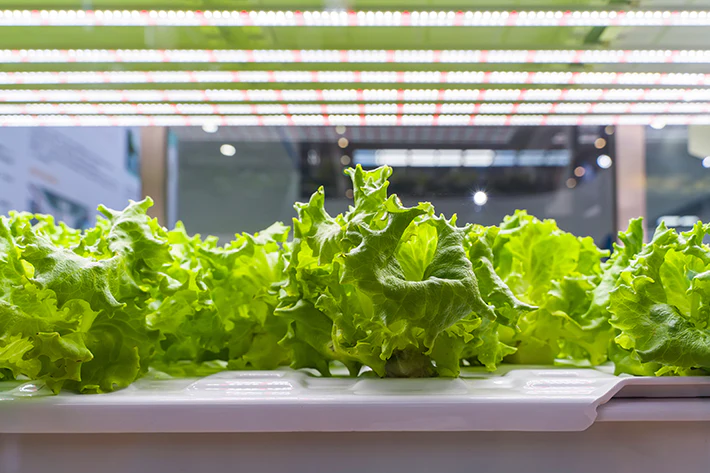
If you wish to grow plants, but live in an area with limited natural light, LED grow lights are an option. In some regions where long winters are possible, plants have difficulty growing due to their inability to photosynthesize. The next best option is to use LED plant lights, so if you’re planning to buy some, here are some tips:
What plants are you growing?
Before buying indoor grow lights, you must know what you are going to use them for. Since their main purpose is to provide light that plants can use for photosynthesis, you need to know what kind of plants you will be growing. You won’t be using it to brighten your home or anywhere else.
When you already know which plants to grow, do some research. Find out what conditions they thrive in so you can provide what they need. LED plant lights may have different functions that affect the lifespan of plants, and different plants respond differently to various conditions.
How big is your planting area?
If you plan to grow plants at home, you probably won’t need a ton of LED grow lights. However, if it is a large greenhouse, several units are required. You need to know the surface area so you can calculate the amount of light that should be provided.
If the surface area is large, consider using multiple units so that each plant receives enough light. Those directly under the light won’t get photosynthesis problems because they will get enough light. However, it may be difficult for people who are far from single light to grow up healthily.
How to judge the quality of LED plant lights?
LED plant fill light is today’s cutting-edge solution for indoor plant growth, especially biological greenhouses. Therefore, when purchasing LED plant fill light, you need to consider its durability, mainly three parts: lamp beads, fan heat, and power supply. The construction has to be of high quality, low-end cheap and inferior lamps will waste your investment.
In addition to being affordable, you’ll want to find a device that doesn’t flicker or generate too much heat. For plants to thrive, they need enough light, so if your lights are constantly on and off, the plants won’t receive as much light as they need. Excessive heat can not only damage the device, it can also damage the device.
